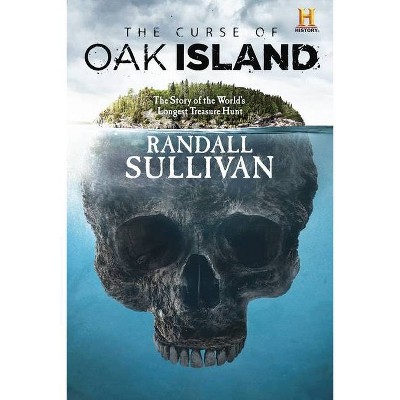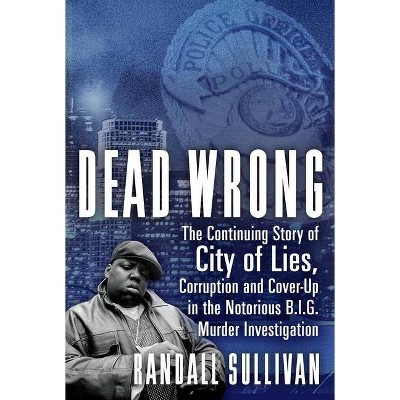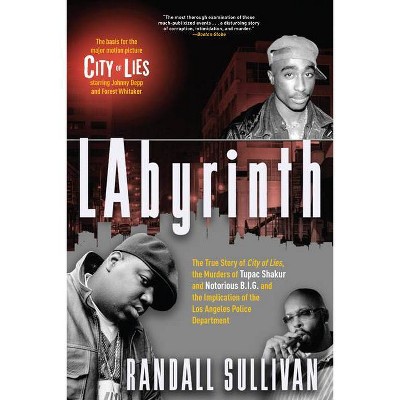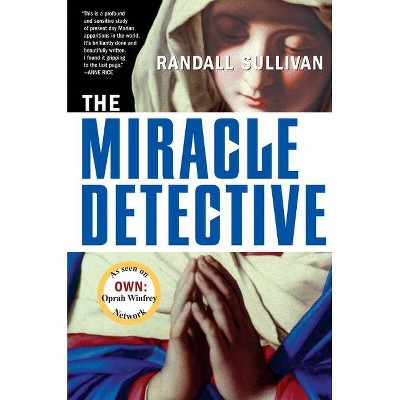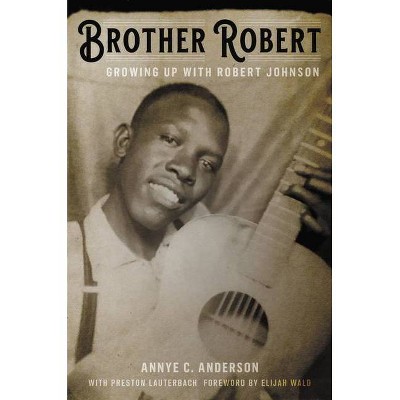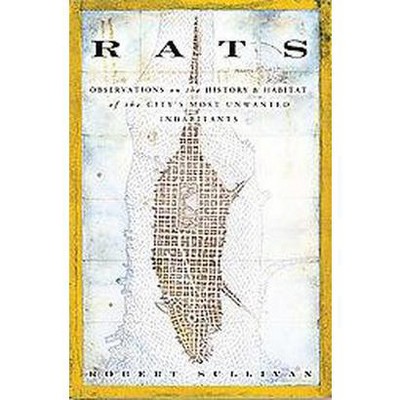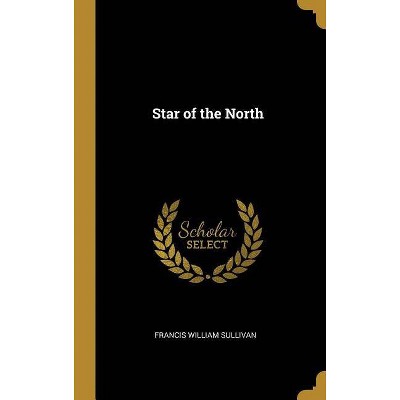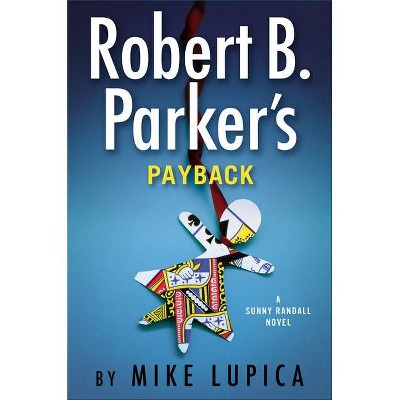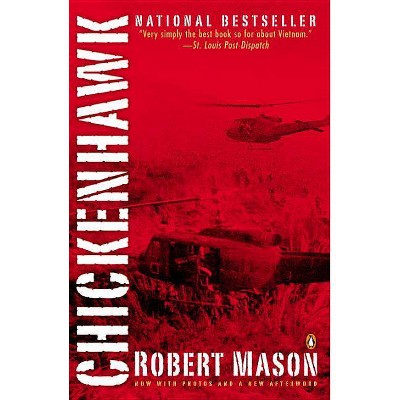North Brother Island - by Randall Mason & Robert Sullivan (Hardcover)
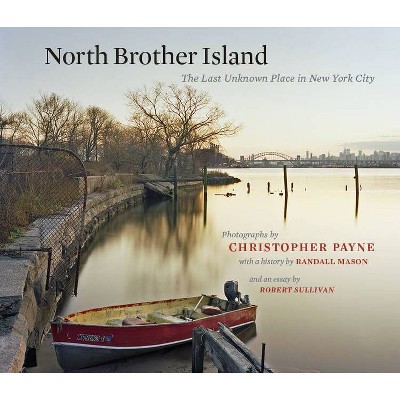
Similar Products
Products of same category from the store
AllProduct info
<p/><br></br><p><b> About the Book </b></p></br></br>A photographic survey of North Brother Island, an uninhabited island of ruins in New York City that was once home to a variety of institutional uses, including a quarantine hospital and juvenile drug treatment center.<p/><br></br><p><b> Book Synopsis </b></p></br></br><p>Few people today have ever heard of North Brother Island, though a hundred years ago it was place known to--and often feared by--nearly everyone in New York City. The island, a small dot in the East River, twenty acres slotted between today's gritty industrial shores of the Bronx and Queens, was a minor piece of the New York archipelago until the late 19th century, when calls for social and sanitary reform--and the massive expansion of the city's population--combined to remake NBI as a hospital island, a place to contain infectious disease and, later, other societal ills. <p/>Abandoned since 1963, North Brother Island is a ruin and a wildlife sanctuary (it is the protected nesting ground of the Black-crowned Night Heron), closed to the public and virtually invisible to it. But one cannot mistake its abandoned state as a sign of its irrelevance to the city's history and culture. Traces of the extensive hospital campus remain, as do sites linked to notorious people (it was the final home of "Typhoid Mary") and events (the steamship General Slocum sank by its shores). It has stories to tell. <p/>Photographer Christopher Payne (Asylum: Inside the Closed World of State Mental Hospitals) was granted permission by New York City's Parks & Recreation Department to photograph the island over a period of years. The results are both beautiful and startling. On North Brother Island, devoid of human habitation for fifty years, buildings great and small are being consumed by the unchecked growth of vegetation. In just a few decades, a forest has sprung up where once there were the streets and manicured lawns of a hospital campus. <p/>North Brother Island: The Last Unknown Place in New York City includes a history by University of Pennsylvania preservationist Randall Mason, who has studied the island extensively, and an essay by the writer Robert Sullivan (Rats, The Meadowlands), who came along on one of the rare expeditions.</p><p/><br></br><p><b> Review Quotes </b></p></br></br><br>"A gorgeous book: The uncannily moving photographs by Christopher Payne do full justice to North Brother Island's haunting air of mystery, its unique play of presence and absence. The supporting texts helpfully elucidate the enigma of such wildness, abandonment, vegetative luxuriance, and architectural ruin existing in the midst of New York's ultra-urbanist environment."<b>-----Phillip Lopate, <i>author, Waterfront</i></b><br><br>"This richly illustrated and aptly titled work takes the reader on a fascinating journey through the remarkable and varied chapters of North Brother Island's history."<b>-----Edward T. O'Donnell, <i>College of the Holy Cross</i></b><br><br>"This stunning book captures a nearly forgotten corner of the city. Seemingly held apart from the urban rush of change, North Brother Island nonetheless reveals its layered history. In its latest incarnation, native and non-native species vie for precious island space. Amid the ruins, we find an essential New York story."<b>-----David Stradling, <i>University of Cincinnati</i></b><br><br>Among a painter's or a photographer's challenges is to make us perceive three dimensions in an image rendered in only two. But Chris Payne takes us a step beyond. His subject is the fourth dimension: time itself. North Brother Island: The Last Unknown Place in New York City doesn't merely document a forgotten place. It shows past mingling with present, dissolving toward a future that leads not forward, but back--back before we ever marked this world. The circular sensation suffusing this work is at first unsettling, then transcending. We have been here. Gently, we will pass on. In our stead, all will renew--and, as Payne artfully shows, quite beautifully.<b>-----Alan Weisman, <i>author, Countdown and The World Without Us</i></b><br><br>In haunting photographs and poignant text, "North Brother Island: The Last Unknown Place in New York City" (Empire State Editions, Fordham University Press) captures the character of this barren East River outcropping roughly between Rikers Island and the Bronx. . . The lushly illustrated book includes photos by Christopher Payne; a history by Randall Mason, a University of Pennsylvania preservationist; and an essay by Robert Sullivan, the urban anthropologist (the author of 'Rats' and 'The Meadowlands'), who writes that North Brother Island, 'draped in its forgottenness, ' is 'a place that helps us see the rest of the city more clearly.'<b>-----Sam Roberts, <i>The New York Times</i></b><br><br>Remnants of society's anxieties about immigrants and epidemics still peek from the overgrowth of North Brother Island. Most New Yorkers likely will never get to explore its 40 acres first hand. Yet all should know its story--and the haunting beauty of its ruins. Payne and Mason's North Brother Island: The Last Unknown Place in New York City is an elegant tribute to a secret too good to keep.<b>-----John Waldman, <i>author of Heartbeats in the Muck: The History, Sea Life, and Environment of New York Harbor, Revised Edition</i></b><br><p/><br></br><p><b> About the Author </b></p></br></br><br><strong>Christopher Payne</strong>, a photographer based in New York City, specializes in the documentation of America's vanishing architecture and industrial landscape. Trained as an architect, he has a natural interest in how things are purposefully designed and constructed, and how they work. His first book, <em>New</em> <em>York's Forgotten Substations: The Power Behind the Subway</em>, offered dramatic, rare views of the behemoth machines that are hidden behind modest facades in New York City. His second book, <em>Asylum: Inside the Closed World of State Mental Hospitals</em>, which includes an essay by the renowned neurologist Oliver Sacks, is the result of a seven-year exploration of America's vast and largely abandoned state mental institutions. <em>Asylum</em> was winner of the Ken Book Award of the National Alliance on Mental Illness/NYC and was named one of the "10 Best Art Books" by <em>New York Times</em> critic Holland Cotter. <p/><strong>Randall Mason</strong> is Associate Professor and Chair of the Graduate Program in Historic Preservation at the University of Pennsylvania's School of Design. He worked previously at the Getty Conservation Institute, University of Maryland, and Rhode Island School of Design. His books include <em>The Once and</em> <em>Future New York, on the origins of historic preservation in New York City, </em> winner of the Antoinette Forester Downing Award), and <em>Giving Preservation a History</em> (with Max Page). In 2012, Mason held the National Endowment for the Arts Rome Prize at the American Academy in Rome. <p/><strong>Robert Sullivan </strong>is the author of numerous books, including T<em>he Meadowlands: Wilderness Adventures at the Edge of a City</em>; <em>Rats: Observations on the History and Habitat of the City's Most Unwanted Inhabitants</em>; <em>The Thoreau You Don't Know: The Father of Nature Writers on the Importance of Cities, </em> <em>Finance, and Fooling Around</em>; <em>A Whale Hunt</em>, and, most recently, <em>My American Revolution</em>. His stories and essays have been published in magazines such as <em>New York</em>, <em>The New Yorker</em>, and <em>A Public Space</em>. He is a contributing editor to <em>Vogue</em>.<br>
Price History
Cheapest price in the interval: 31.49 on October 22, 2021
Most expensive price in the interval: 31.49 on November 8, 2021
Price Archive shows prices from various stores, lets you see history and find the cheapest. There is no actual sale on the website. For all support, inquiry and suggestion messages communication@pricearchive.us
